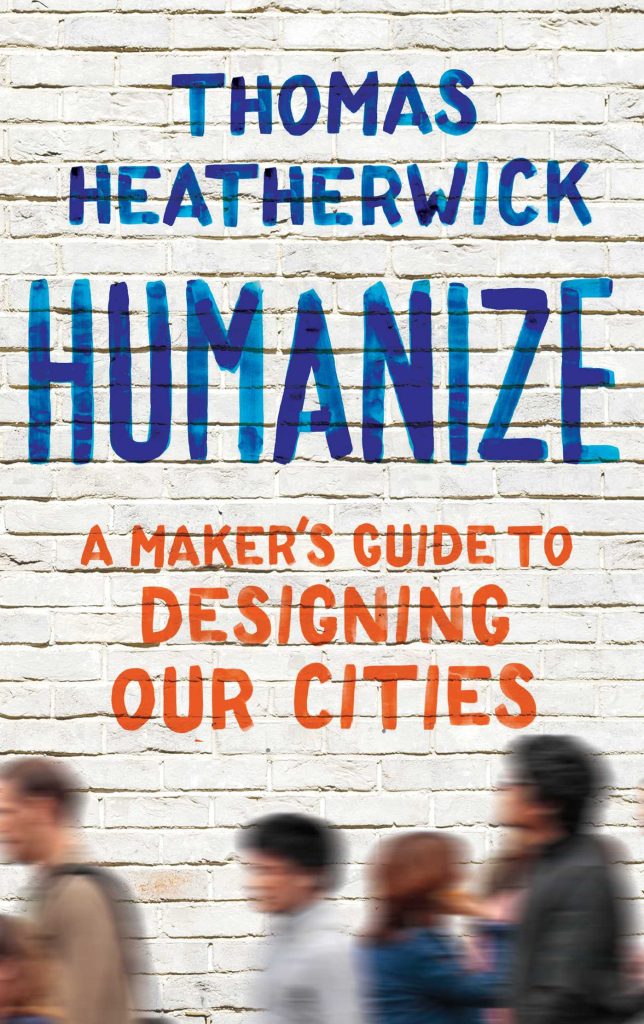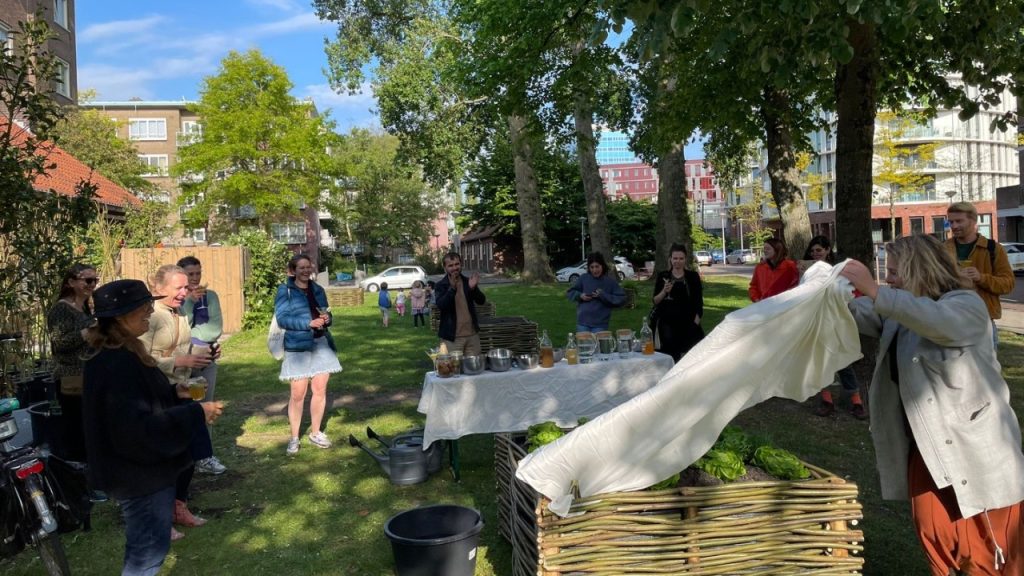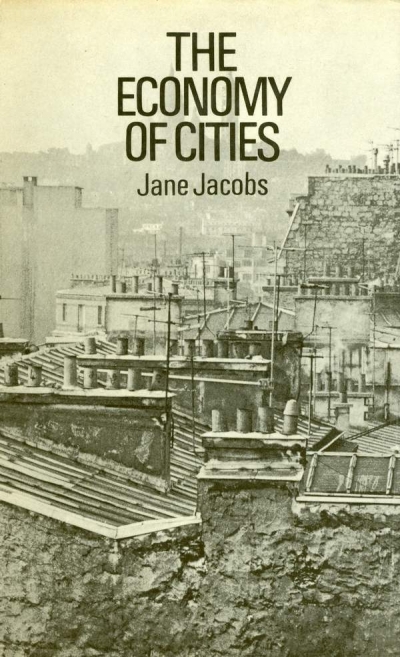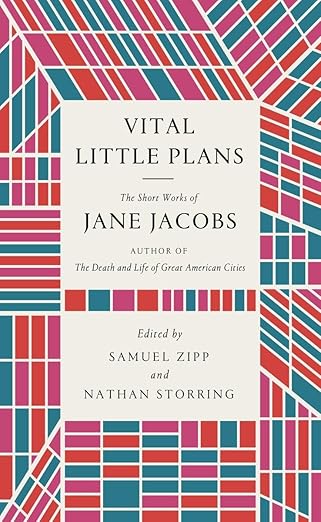Summary Th. Wick’s Humanize

Summary (by as well Chat GPT as van Clemens van Oostaijen)of Thomas Wick’s boek Humanize in opdracht van Jane Jacobs Society
Summary ‘Humanize’: eerst vanuit Chat GPT, dan m’n eigen aantekeningen, waarvan wellicht de opsomming onder ‘Waarom architecten modernistische ellende blijven bouwen’ in het kader van je barrieres-identificatie het meest nuttig is.
**Summary of *Humanize* by Thomas Heatherwick**
Thomas Heatherwick’s *Humanize* presents a manifesto for transforming the way architecture and design are approached in the modern world. The book emphasizes the importance of connecting architecture to human emotions and needs rather than purely functional or theoretical designs. Here is a structured summary of its key points:
**Conclusion**:
*Humanize* is a passionate plea to rethink the way buildings and cities are designed, shifting away from the cold, impersonal legacy of modernism and towards a future where architecture enriches human lives emotionally, socially, and physically. Through practical suggestions and insightful critiques, Thomas Heatherwick advocates for an approach that celebrates complexity, creativity, and the innate human desire for connection.
—
### 1. **Central Thesis: Humanizing Architecture**
– **Problem with Modern Architecture**: Modern architecture has often become cold, utilitarian, and disconnected from the emotions and lives of the people who inhabit the buildings.
– **Call for Re-Humanization**: Heatherwick calls for a shift towards “humanizing” architecture by incorporating complexity, emotion, and individual expression in designs.
—
### 2. **Critique of Modernism and Standardization**
– **Criticism of Le Corbusier’s Ideas**: Heatherwick challenges Le Corbusier’s principles that focus on functionality, mass production, and minimal decoration.
– **Beliefs of Le Corbusier**:
- Decoration should be abolished.
- Cities should be built around straight lines.
- Buildings should serve mass populations.
– **Standardization’s Harmful Effects**: Mass-produced modernist buildings prioritize short-term cost and profit over long-term value, leading to standardized, boring designs that neglect human experience.
—
### 3. **Key Concepts and Elements**
– **Repetition vs. Complexity**: While order and repetition can provide structure, there is a need for complexity in design to avoid monotony and create engaging, interesting spaces.
– **Thermoception**: Heatherwick points out that humans subconsciously perceive the materials of buildings as if they are touching them, emphasizing the sensory aspect of architecture.
—
### 4. **Impact on Society and Psychology**
– **Boring Architecture is Harmful**: Heatherwick, drawing from neuroscientific studies (e.g., Colin Ellard), argues that monotonous architecture makes people less social and reduces their well-being.
– **Architects as Artists**: He criticizes architects who see themselves solely as artists, often imposing their art on the public without considering how it affects those who live in or interact with the spaces.
—
### 5. **Action Plan for Change**
Heatherwick proposes an actionable blueprint to reform architecture and urban planning:
- **Connect Architecture to Real Artists**: Embrace artistic expression within the constraints of practical design.
- **Humanize Education**: Reform architectural education to emphasize the emotional and social impacts of buildings, rather than solely theoretical design.
- **Embrace Complexity**: Add layers of complexity in buildings to create more engaging environments.
- **Humanize Planning**: Ensure that urban planning and architecture are more accessible to the public.
- **Reform Regulations**: Adapt regulations in ways that allow for more creative, non-standardized design.
—
### 6. **For Passers-By and Users**
– **Emotional Response to Buildings**: Heatherwick stresses the importance of how users and passers-by feel about buildings, which should influence design decisions.
– **Design for Adaptability**: Buildings should be designed for adaptability, making them not only functional but also beautiful and emotionally resonant even as they age and change over time.
—
### 7. **How to Re-Humanize Architecture**
In the final section, Heatherwick offers a series of practical steps to re-humanize architecture:
- **Architectural Centers for Everyone**: Make architectural education and experiences accessible to all.
- **Signature Buildings**: Encourage unique, signature buildings that reflect the community’s character.
- **Awards by the Public**: Allow the public to evaluate and reward architectural design, rather than leaving it solely to professionals.
- **Include Public Feelings**: Demand architecture criticism that reflects public feelings about the built environment, not just the views of architects or the construction industry.
—
### 8. **Final Thought: Complexity Can Be Affordable**
Heatherwick concludes by dispelling the myth that complexity is expensive. By incorporating creativity and thoughtful design, it’s possible to add complexity without inflating costs, leading to more sustainable, engaging, and human-centered architecture.
—
**Conclusion**:
*Humanize* is a passionate plea to rethink the way buildings and cities are designed, shifting away from the cold, impersonal legacy of modernism and towards a future where architecture enriches human lives emotionally, socially, and physically. Through practical suggestions and insightful critiques, Thomas Heatherwick advocates for an approach that celebrates complexity, creativity, and the innate human desire for connection.






Reacties